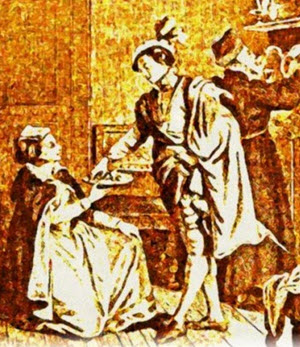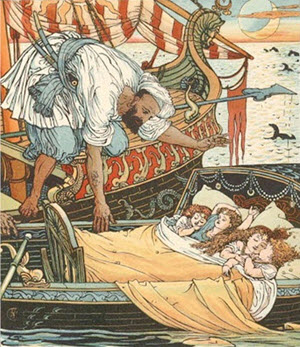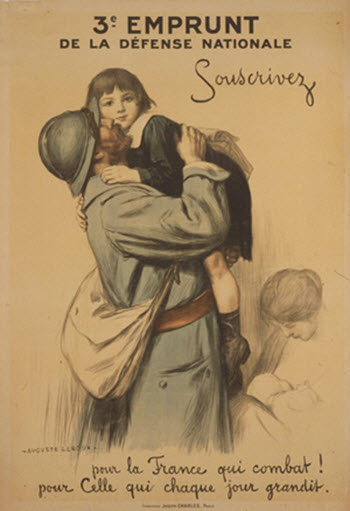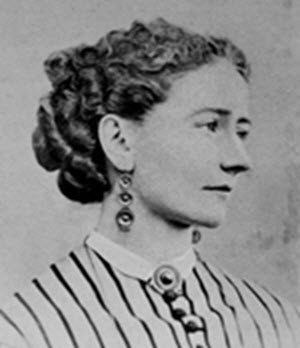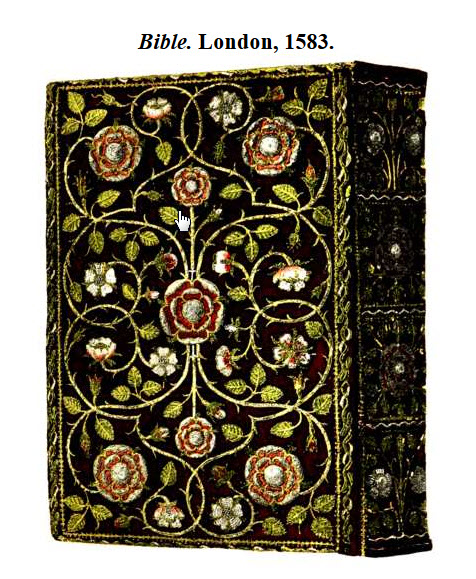
Antique Embroidered Books and Bookbinding
Embroidered Book Bindings
A Lost Art of Bookbinding
Before mass publishing and electronic books, books were few and expensive. The most valuable and precious books, especially family Bibles, were often passed down from one generation to the next. In order to keep them safe from wear and tear, their owners would often create elaborate embroidered covers which not only protected the books but also personalized them and made them even more beautiful. Many of these embroidered book covers are true works of art.
It is difficult to understand how precious and rare books used to be only a couple of hundred years ago. Today we are surrounded by disposable books: mass market paperbacks that soon find their ways to thrift stores; and the even more disposable and intangible e-books. Books are falling in price and while that has made books more accessible, it has also meant that they are not as cherished or revered as they once were.
In ancient times books were revered as objects of art and held in reverence for the information that they contained. Before Gutenberg invented the printing press, books were painstakingly copied by hand by monks and scribes. The process took years and each book was a work of art. Scribes made sure to use florid artistic calligraphy and medieval manuscripts were often decorated, or illuminated, with beautiful illustrations that were works of art in themselves. These illuminated manuscripts were rare and expensive, and few could afford them. Most were housed in university or monastery libraries or in the private collections of nobles.
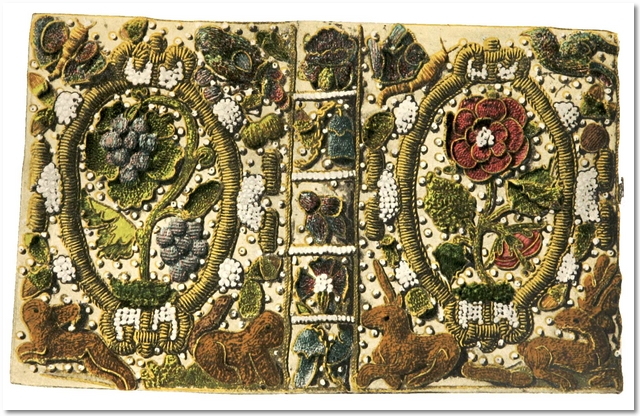
An Embroidered Book Binding Decorated With Flowers
The invention of the printing press made it possible to mass produce books, but compared to today's printing technology, the output of books was still small, and books, especially important or revered books such as the Bible, continued to be regarded as works of art and embellished with decorations within and on the cover. Although illuminated manuscripts were no longer made after the disbanding of the monastery copy shops, it became fashionable to decorate books covers and binding with elaborate designs.
During the 16th to 18th centuries most book bindings were made of leather or wood and these would sometimes be decorated with various motifs and illustrations. In some cases the book owner would personalize his or her book by adding an embroidered covering to protect the book and also enhance its appeal.
The practice of creating embroidered book bindings was never wide spread because of changing economic factors as well as the time and skill taken to create each book binding. The book that was most often chosen for the honor of being embellished with an embroidered binding was the Bible. Books of psalms and other religious books were also often embroidered.
The embroidered decorations are strikingly beautiful. Frequent themes included flowers and geometric patters. The more elaborate embroidered bindings included scenes from the Bible or pictures of angels.
The practice of embroidering book bindings died out with the coming of the Industrial Revolution. The gentle art of embroidering books and exalting their beauty no longer fit in the culture dedicated to profit and the exploitation of workers and natural resources. These books now belonged to a by-gone era.
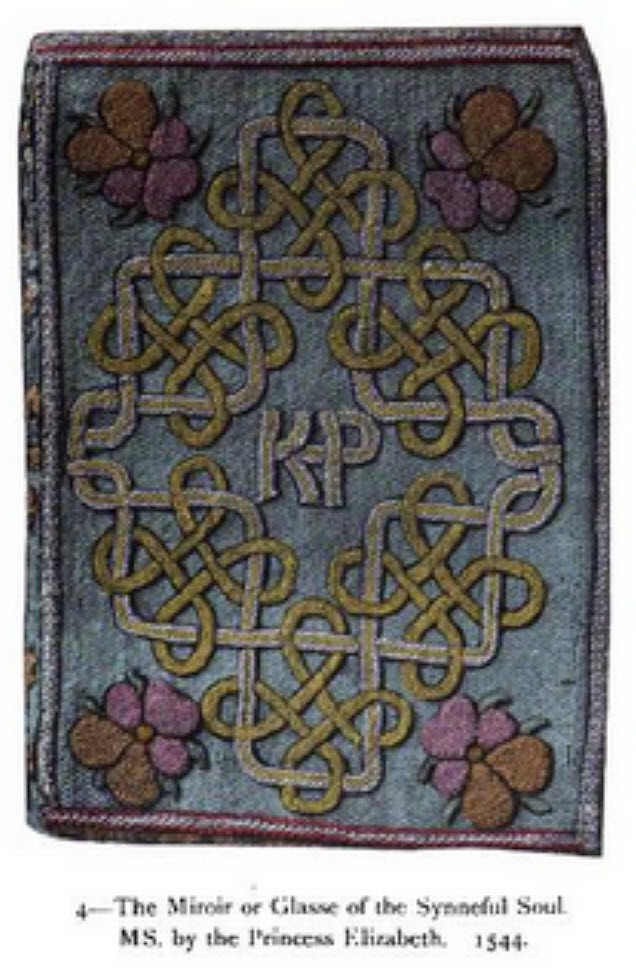
The Embroidered Front Cover of a a Book Called The Miroir or Glasse of the Synneful Soul, Belonging to Queen Elizabeth I of England
Fortunately many of these books have survived moths, wars, and time itself. I have included a gallery of these embroidered books as a way of bringing back to life these beautiful books. Click here to view the gallery

